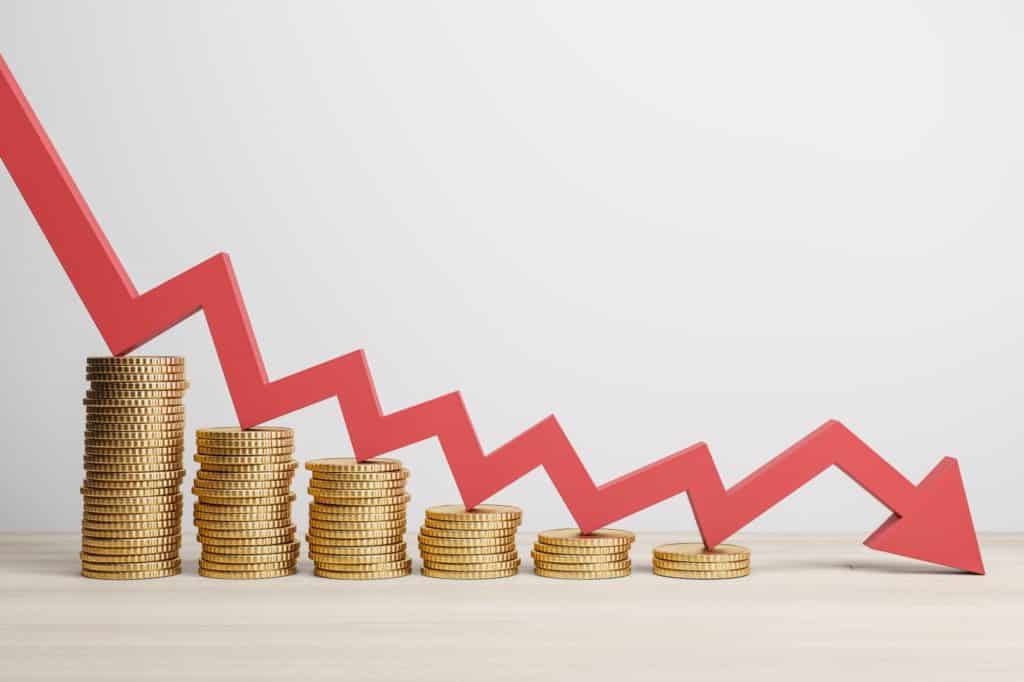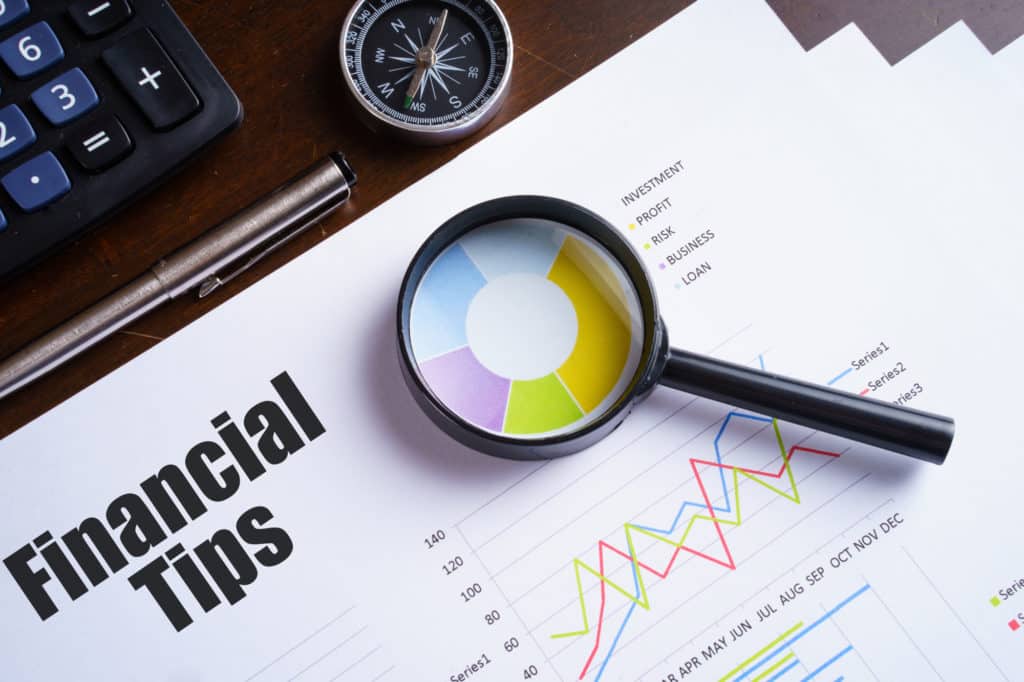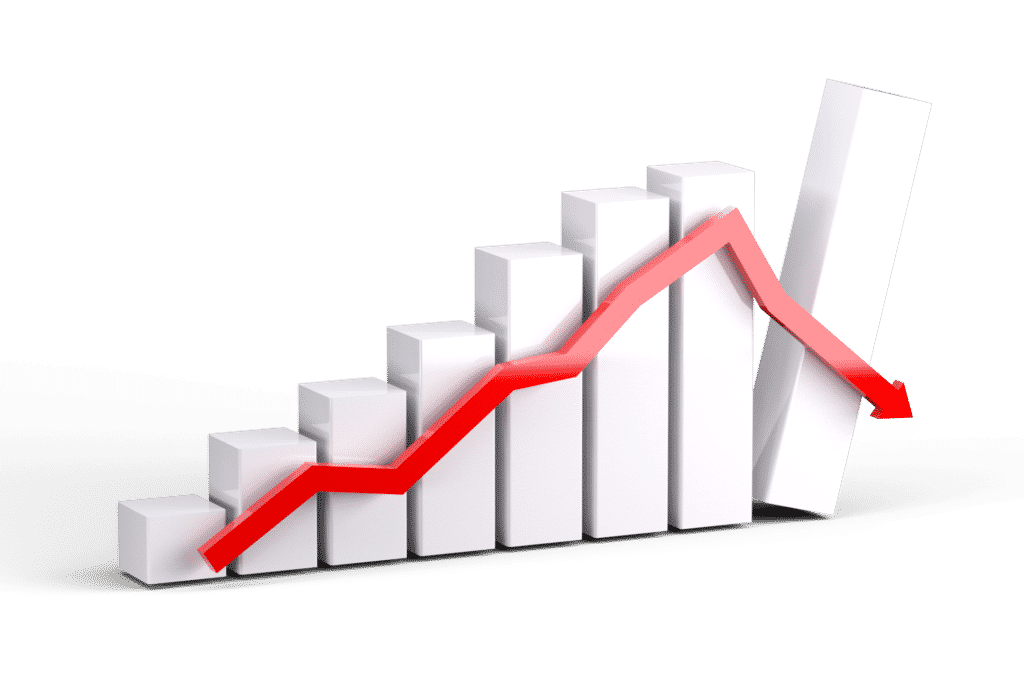During the rest of 2022, it is estimated that global inflation will reach 5.7% in advanced economies and 8.7% in economies of developing countries. What is inflation? It is the decline in the purchasing power of currency and can seriously affect an individual’s financial health as prices rise. Luckily, there are many things that you can do to prepare for inflation. Do you want to learn how to survive inflation?
Keep reading this guide for the top 10 money-saving tips that will help with surviving inflation.
1. Assess Your Spending Habits
Assessing your spending habits is one of the easiest ways you can save money in times of high inflation. Inflation can make it difficult to stick to your budget, so you should try to identify all the areas where you are spending money.
This will allow you to adjust your budget and change your spending habits in response to the higher prices.
Are there things that you can temporarily stop paying for to save money? Consider all of the non-essential expenses that you can cut back on!
2. Avoid New Debt
Another important tip that can help you save money as inflation rises is avoiding new debt when possible. In the last year, interest rates have risen, which makes it more difficult to pay off your loans.
This is especially difficult if you have variable rate loans, as the rates can change without much notice.
Avoiding new debt can help you reduce your monthly payments and will give you more financial flexibility!
3. Pay Off Existing Debt
Not only do you need to avoid new debt, but you must also pay off existing debt. When you are in debt, you are responsible for a monthly payment. These obligations can make it more difficult to pay for the things that you need to survive.
To pay off your existing debt faster, you should try paying more than the minimum payments on your balances each month!
4. Have an Emergency Fund
Building an emergency fund is necessary for any budget, but is especially helpful when inflation increases. This will help you plan for the future and will protect you in the event of an emergency or changes to the economy.
It is a designated savings account that has reserve funds and will provide you with a buffer that will protect you as prices continue to increase.
5. Wait for Large Expenses
If you were planning on making any large purchases, like a new car or a new appliance, these prices may be affected by inflation.
If possible, it is best to wait to buy these large expenses until it is completely necessary. This way, you can start setting aside extra money to prepare for the increased prices!
6. Shop Sales
Being frugal and learning to save money can help you survive when prices start to rise. One way you can do this is by starting to shop sales. Just because prices are starting to rise doesn’t mean you can’t enjoy the things that you normally purchase.
Instead, you can just wait until things go on sale to buy them!
There are also other ways you can save money, like buying in bulk or using rewards programs to save money.
7. Diversify Your Portfolio
Having a diverse portfolio can help you prepare for increasing inflation and will help you save money! It is important that you have investments that will continue to appreciate, even as the value of money decreases.
Make sure you don’t put all of your eggs in one basket! Having many types of investments will ensure that you don’t lose all of your investments to inflation and will protect your portfolio.
8. Find Ways to Increase Your Income
Not only do you need to save money when you are dealing with inflation, but you also must find ways to increase your income. This will help balance the rising costs to keep up with the cost of living.
For example, you can ask your boss for a raise to account for changes in inflation.
There may be other ways that you can increase your income with a side hustle or a hobby that you can use to start making more money.
9. Conserve Energy at Home
There are many expenses that are often out of your hands, like your rent or mortgage payments. However, things like utility bills change each month and you can make changes to your habits to save money!
Finding ways to conserve energy at home can help you save money to combat inflation.
For example, you can start by turning off the lights in rooms that you are not using. You can also keep your home at a lower temperature during the winter and at a higher temperature in the summer months.
Making these small changes to your energy usage can save a lot of money in the long run.
10. Be Prepared
Finally, it is essential that you are prepared for inflation! You can often expect inflation rates to rise over the years, so learning to prepare for inflation can help you get through the difficult times.
Learning to be frugal and how to increase your savings will provide you with additional cushioning when inflation starts to increase.
When you are prepared, you don’t have to panic. You will know what changes to make to survive inflation and you will be okay!
Learn How to Survive Inflation by Preparing Now
Inflation is something that you cannot avoid. Still, there are ways that you can prepare for inflation so it doesn’t affect you as much as it affects others around the world. Following each of these tips can help you survive inflation without affecting your financial health.
Do you want to learn more about inflation tips to follow? CFI.co can help! Our bank provides expert advice about wealth management and finances and can help you prepare.
Check out our wealth management blogs today for more money-saving tips!









